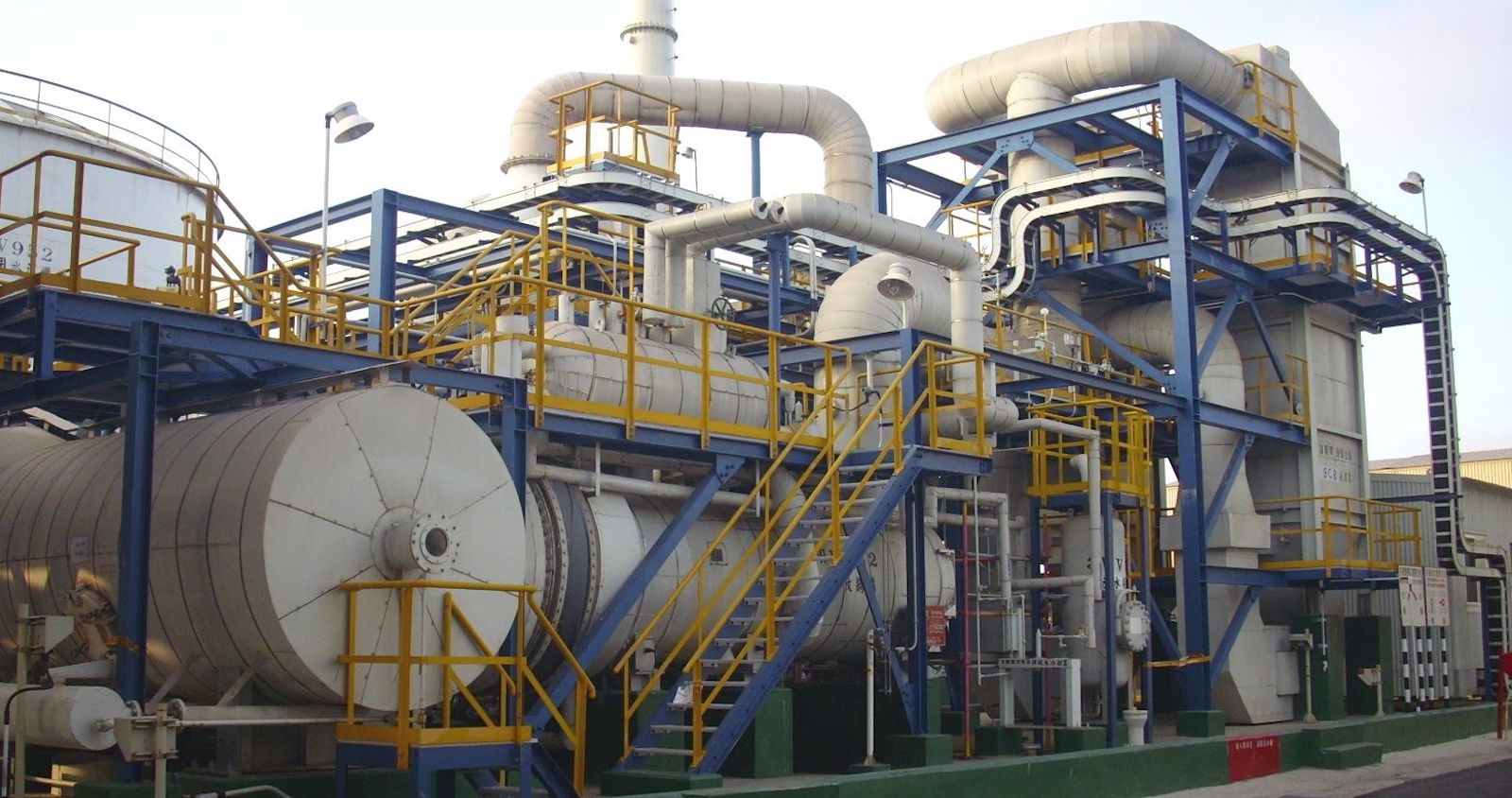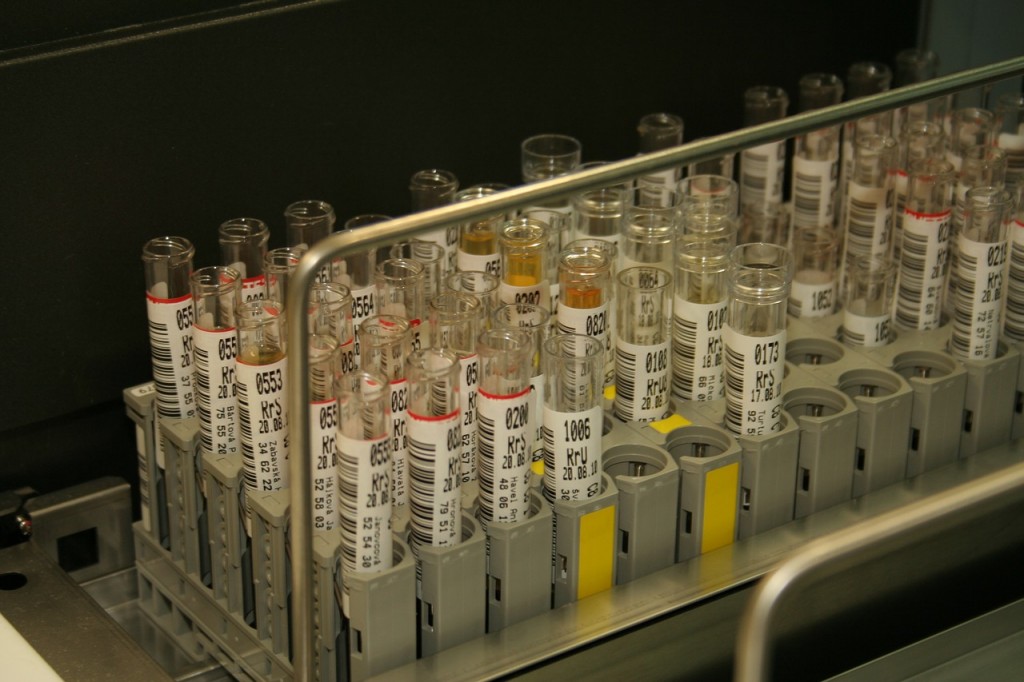Leading Liquid Waste Disposal Melbourne: Trusted Solutions for Proper Waste Administration
Leading Liquid Waste Disposal Melbourne: Trusted Solutions for Proper Waste Administration
Blog Article
Exactly How Fluid Waste Disposal Works: A Thorough Review of Methods and Technologies Utilized

Overview of Fluid Waste Kind
The intricacy of liquid waste types requires a comprehensive understanding of their qualities and effects for disposal. Liquid waste can generally be categorized into a number of kinds, consisting of industrial, community, farming, and contaminated materials. Each classification displays unique buildings, calling for particular management strategies to minimize environmental and wellness risks.
Industrial fluid waste stems from producing processes and usually has an array of impurities, such as hefty metals, solvents, and natural substances. Local liquid waste, largely making up wastewater from households and industrial establishments, consists of raw material, nutrients, and microorganisms (industrial wastewater treatment). Agricultural fluid waste, including drainage from farms, might consist of plant foods, chemicals, and animal waste, posing dangers to water quality and communities
Dangerous fluid waste is characterized by its toxicity, sensitivity, or possible to create injury. This category includes materials like acids, bases, and certain chemicals that demand rigorous handling and disposal methods. Comprehending these varied fluid waste types is vital for developing reliable disposal methods and guaranteeing compliance with ecological guidelines. Appropriate category and characterization are essential for carrying out suitable therapy strategies and reducing the negative effect on public health and the environment.
Physical Therapy Methods

Testing is the initial action, where bigger particles and particles are gotten rid of from the fluid waste making use of displays or grates. In sedimentation tanks, much heavier bits resolve at the base, forming a sludge layer, while the cleared up liquid can be more treated.
Filtration is an additional important technique that includes passing the fluid through permeable materials, such as sand or membrane layers, to capture smaller fragments. This action improves the quality of the liquid, making it ideal for subsequent therapy processes.

Chemical Therapy Methods
Chemical treatment techniques are vital for efficiently taking care of liquid waste, specifically in resolving dissolved and colloidal pollutants that physical techniques may not sufficiently get rid of. These methods utilize numerous chemical agents to counteract, precipitate, or change hazardous materials right into less unsafe types.
One usual method is coagulation and flocculation, where chemicals such as alum or ferric chloride are contributed to promote the gathering of put on hold particles. This process boosts sedimentation, permitting much easier elimination of the resulting sludge. Furthermore, oxidation procedures, employing representatives like chlorine or ozone, are employed to break down complicated natural substances and review virus, rendering the waste safer for discharge or further therapy.
Neutralization is an additional critical technique, which adjusts the pH of acidic or alkaline waste streams to neutral degrees, preventing potential damage to downstream systems and the atmosphere. Moreover, progressed oxidation procedures (AOPs) make use of mixes of oxidants and ultraviolet light to degrade persistent pollutants, achieving a higher degree of treatment effectiveness.
Biological Treatment Processes
Organic therapy procedures play a crucial role in the administration of liquid waste by using bacteria to disintegrate organic matter and lower impurity degrees. These procedures can be generally classified into cardiovascular and anaerobic treatments, each additional resources using specific microbial communities to attain reliable waste destruction.
Cardiovascular therapy entails using oxygen to assist in the break down of natural materials by bacteria. This procedure is generally carried out in triggered sludge systems, where oygenation tanks supply a conducive environment for microbial development, bring about the oxidation of organic contaminants. The resultant biomass can be separated from dealt with effluent via sedimentation.
In contrast, anaerobic treatment takes place in the absence of oxygen, counting on different germs to damage down raw material. This method is especially advantageous for high-strength waste, as it creates biogas, a renewable resource source, while lowering sludge manufacturing. Technologies such as anaerobic digesters are frequently employed in commercial and municipal applications.
Both anaerobic and cardiovascular organic treatments not just minimize the ecological impact of liquid waste however likewise facilitate resource recuperation, making them important components of sustainable waste administration strategies. Their adaptability, effectiveness, and effectiveness support their extensive implementation across different markets.
Emerging Technologies in Disposal
Cutting-edge methods to liquid garbage disposal are swiftly advancing, driven by advancements in technology and a raising emphasis on sustainability. Among these emerging innovations, membrane bioreactors (MBRs) have gotten grip for their capacity to combine biological therapy with membrane filtration, leading to top notch effluent that can be recycled in numerous applications. MBRs make it possible for smaller sized impacts and extra reliable procedures contrasted to typical systems.
An additional encouraging advancement is making use of anaerobic food digestion incorporated with nutrient recuperation modern technologies, which not just deals with fluid waste yet also produces biogas and recovers useful nutrients like nitrogen and phosphorus. This double advantage improves resource efficiency and reduces environmental impact.
Additionally, progressed oxidation procedures (AOPs) are being embraced for the deterioration of intricate organic pollutants. These approaches make use of powerful oxidants and catalysts additional info to break down contaminants at the molecular level, providing a highly reliable remedy for difficult waste streams.
Furthermore, the integration of expert system and artificial intelligence in waste management systems is maximizing functional performance and predictive upkeep, causing decreased costs and boosted ecological compliance. These modern technologies show a considerable change towards even more effective and lasting liquid garbage disposal practices.
Verdict
To conclude, effective fluid waste disposal demands an extensive understanding of various methods and technologies. The assimilation of physical, chemical, and biological therapy methods makes certain the efficient monitoring of diverse waste kinds. Additionally, the appearance of ingenious modern technologies enhances therapy efficacy and advertises sustainability in waste management methods. By continually advancing these techniques, it becomes feasible to address the expanding obstacles connected with liquid waste, eventually contributing to ecological defense and resource healing.
Liquid waste disposal is a critical element of ecological monitoring, calling for a comprehensive understanding of various techniques and technologies tailored to various waste kinds. Liquid waste can extensively be classified into a number of kinds, consisting of commercial, metropolitan, farming, and unsafe waste. Agricultural fluid waste, consisting of runoff from ranches, might contain fertilizers, chemicals, and pet waste, posturing risks to water quality and communities.
Various physical treatment approaches play a crucial duty in taking care of fluid waste properly - industrial wastewater treatment.In verdict, efficient liquid waste disposal necessitates a comprehensive understanding of different methods and technologies
Report this page